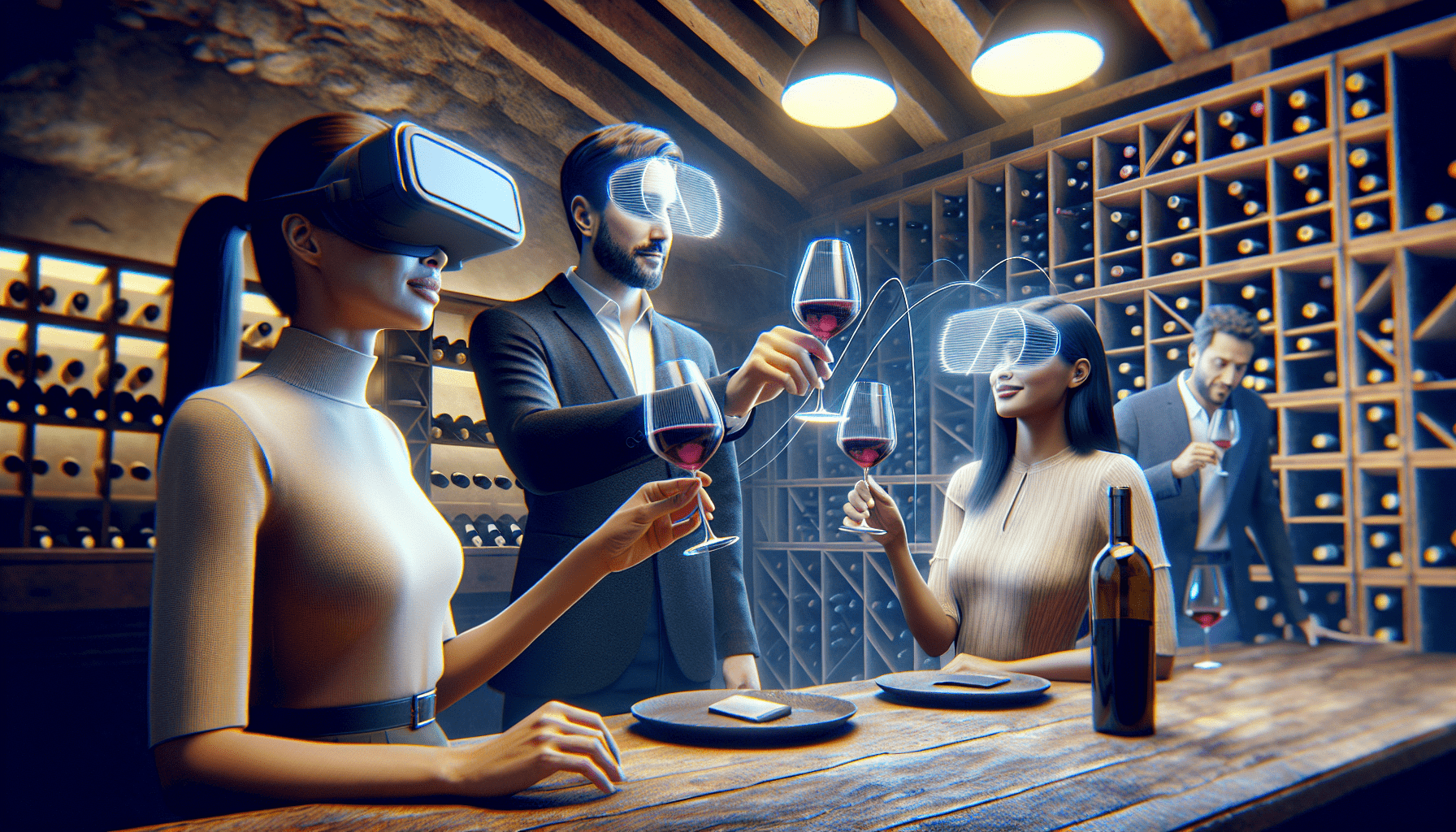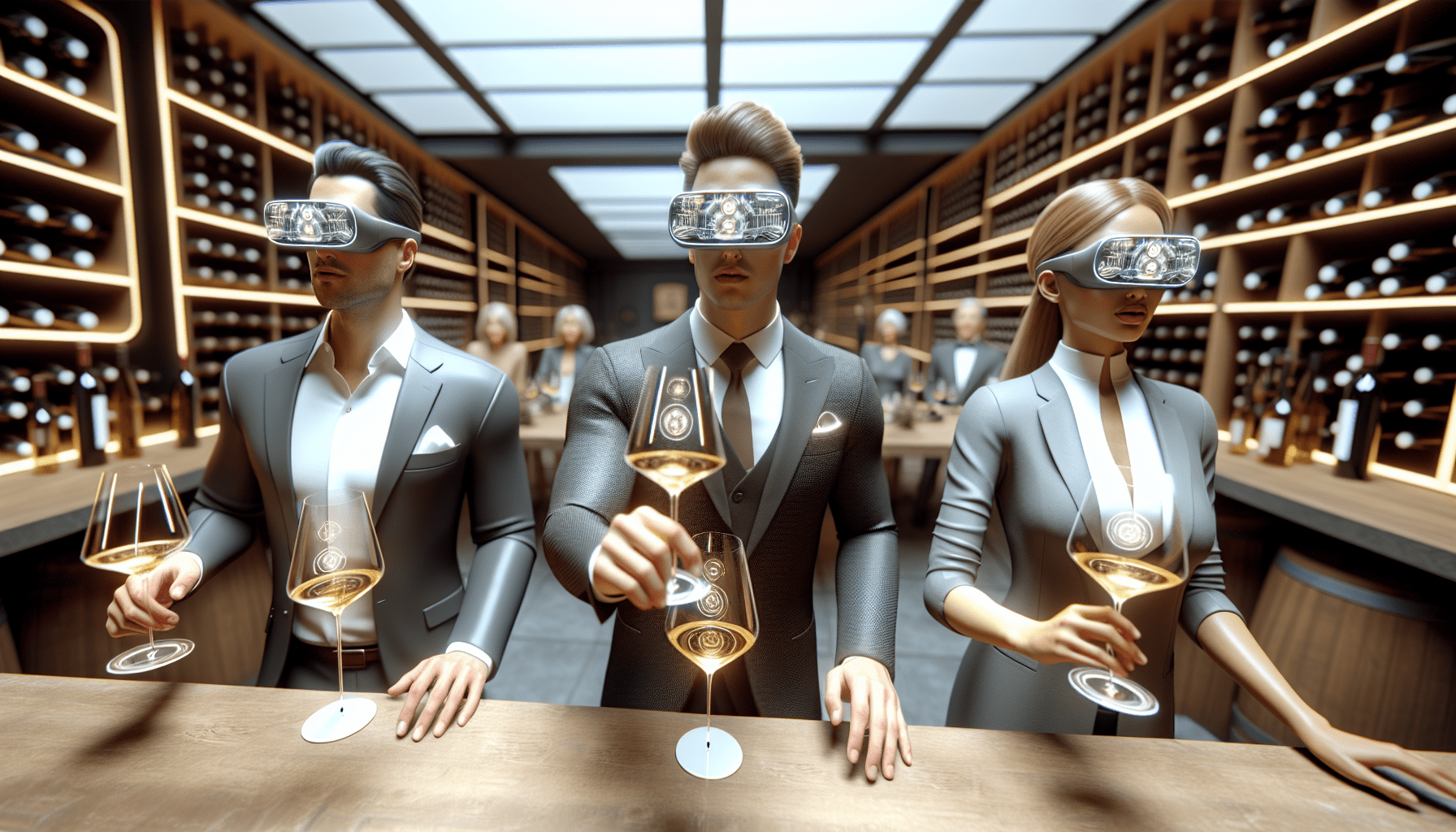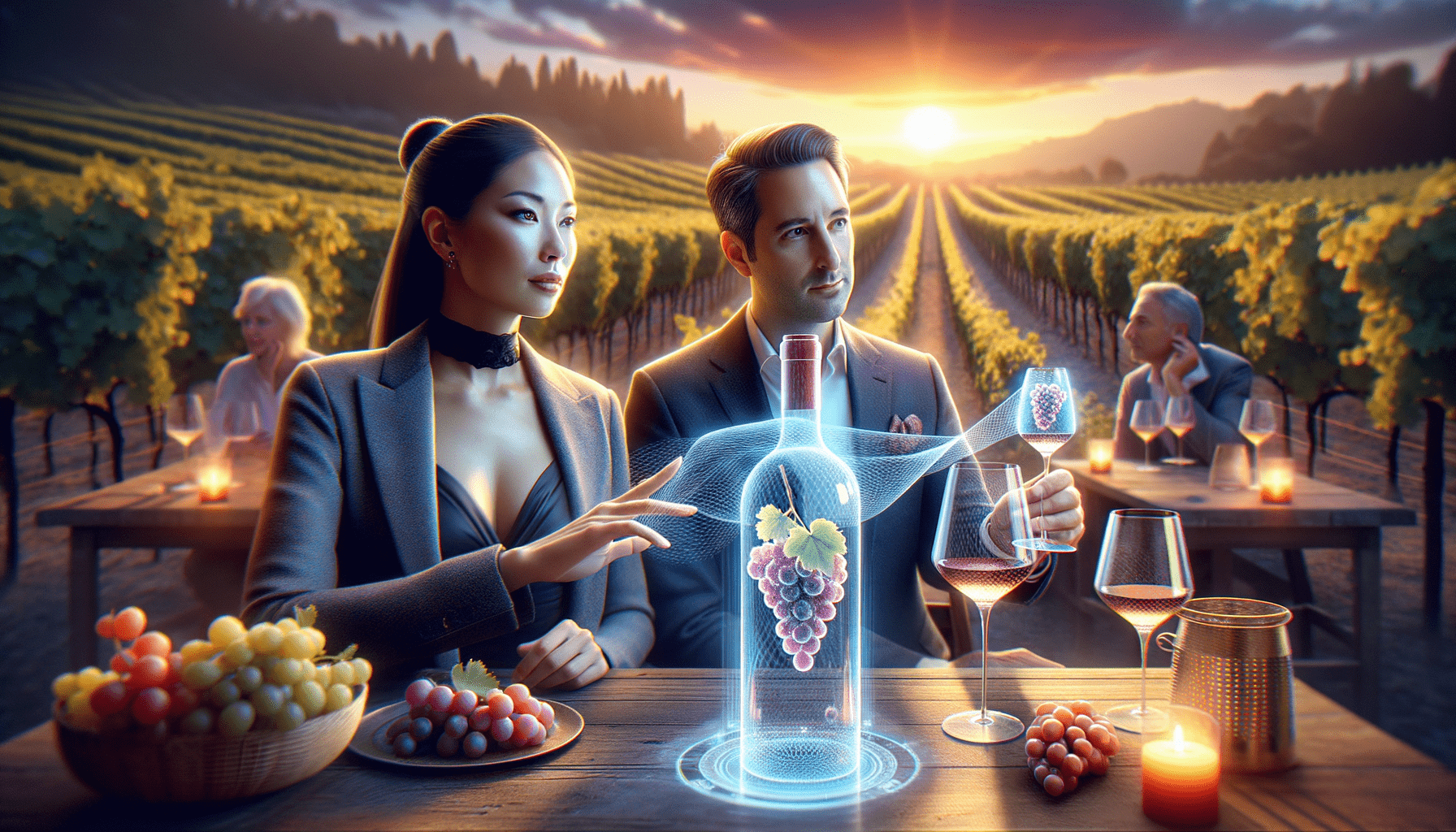Augmented Reality (AR) is revolutionizing the wine tasting experience, offering a unique blend of technology and tradition.
This article explores how AR can enhance wine tasting, providing a more immersive and educational experience for wine enthusiasts and professionals alike.
Understanding AR Wine Tasting
Key Points
- AR wine tasting enhances the sensory experience.
- It provides detailed information about each wine.
- AR can be used to educate customers about wine origins and production.
- It helps in maintaining wine quality through better storage insights.
- AR can be integrated into wine cellar designs for a modern touch.
What is AR Wine Tasting?
AR wine tasting involves using augmented reality technology to enhance the traditional wine tasting experience. By overlaying digital information onto the physical world, AR provides a richer, more interactive experience. This can include visualizing the vineyard where the wine was produced, learning about the winemaking process, or even seeing tasting notes and food pairings.
AR wine tasting can be accessed through smartphones, tablets, or AR glasses. Users simply point their device at a wine bottle or a specific marker, and the AR application displays relevant information. This technology is particularly popular in wine regions like Napa Valley, Bordeaux, and Tuscany, where wine tourism is a significant industry.
In addition to enhancing the tasting experience, AR can also be used for educational purposes. Wine enthusiasts can learn about different grape varieties, the history of a particular winery, and the best ways to store and serve wine. This makes AR wine tasting a valuable tool for both consumers and professionals in the wine industry.
Benefits of AR Wine Tasting
AR wine tasting offers several benefits for both wine enthusiasts and professionals. For consumers, it provides a more engaging and informative experience. Instead of simply tasting a wine, users can learn about its origins, production methods, and ideal food pairings. This can enhance their appreciation of the wine and make the tasting experience more enjoyable.
For wine professionals, AR can be a valuable marketing tool. By providing detailed information about their wines, wineries can differentiate themselves from competitors and attract more customers. AR can also be used to educate staff, helping them to better understand and promote the wines they are selling.
Another benefit of AR wine tasting is its potential to improve wine storage and quality. By providing real-time data on temperature, humidity, and other storage conditions, AR can help wine storage managers ensure that their wines are kept in optimal conditions. This can prevent spoilage and maintain the quality of the wine over time.
Implementing AR Solutions in Wine Storage

Step 1: Assessing Storage Conditions
The first step in implementing AR solutions in wine storage is to assess the current storage conditions. This involves measuring temperature, humidity, and light levels in the storage facility. AR technology can be used to visualize these conditions in real time, providing a clear picture of the storage environment.
By using AR, storage managers can identify any areas where conditions are not optimal and make adjustments as needed. This can help to prevent spoilage and maintain the quality of the wine. It also provides a valuable tool for monitoring storage conditions over time, ensuring that they remain consistent.
Step 2: Integrating AR Technology
Once the storage conditions have been assessed, the next step is to integrate AR technology into the storage facility. This involves installing AR markers or sensors in the storage area and setting up the AR application. Staff will need to be trained on how to use the technology and interpret the data it provides.
AR can be used to provide real-time data on storage conditions, as well as detailed information about each wine. This can include tasting notes, food pairings, and information about the wine’s origins and production methods. By providing this information in an interactive format, AR can enhance the storage and tasting experience for both staff and customers.
Step 3: Educating Staff and Customers
The final step in implementing AR solutions in wine storage is to educate staff and customers about the technology. Staff need to understand how to use the AR application and interpret the data it provides. They also need to be able to explain the benefits of the technology to customers and provide guidance on how to use it.
Customers can be educated through demonstrations and interactive experiences. By showing them how AR can enhance their wine tasting experience, storage facilities can attract more customers and provide a higher level of service. This can help to differentiate the facility from competitors and build a loyal customer base.
FAQs
What is AR wine tasting?
AR wine tasting involves using augmented reality technology to enhance the traditional wine tasting experience. It provides interactive information about the wine, including its origins, production methods, and tasting notes.
How can AR improve wine storage?
AR can improve wine storage by providing real-time data on storage conditions, such as temperature and humidity. This helps to maintain optimal conditions and prevent spoilage, ensuring the quality of the wine.
What are the benefits of AR for wine professionals?
AR offers several benefits for wine professionals, including enhanced marketing, improved staff education, and better customer service. It provides detailed information about wines in an interactive format, making it easier to promote and sell them.
How can I implement AR in my wine storage facility?
To implement AR in your wine storage facility, start by assessing your current storage conditions. Then, AR technology can be integrated by installing markers or sensors and setting up the AR application. Finally, educate your staff and customers on how to use the technology.
Future of AR in Wine Tasting

The future of AR in wine tasting looks promising, with several trends indicating its continued growth and adoption. Here are five predictions for the future of AR in the wine industry:
- Increased Adoption in Wine Tourism: AR will become a standard feature in wine tourism, providing interactive experiences for visitors to vineyards and wineries.
- Enhanced Wine Education: AR will be used extensively in wine education, helping both consumers and professionals to learn about wine in a more engaging way.
- Integration with Smart Storage Solutions: AR will be integrated with smart storage solutions, providing real-time data on storage conditions and helping to maintain wine quality.
- Personalized Tasting Experiences: AR will enable personalized tasting experiences with tailored recommendations and information based on individual preferences.
- Expansion into New Markets: AR wine tasting will expand into new markets, including emerging wine regions and urban areas with a high density of wine enthusiasts.
Disclaimer
This is an AI-generated article with educative purposes and doesn’t intend to give advice or recommend its implementation. The goal is to inspire readers to research and delve deeper into the topics covered in the article.
- The Agentic Startup Manifesto - June 8, 2025
- Remote Hiring in 2025 - April 5, 2025
- Burnout in Remote Teams: How It’s Draining Your Profits - January 27, 2025
